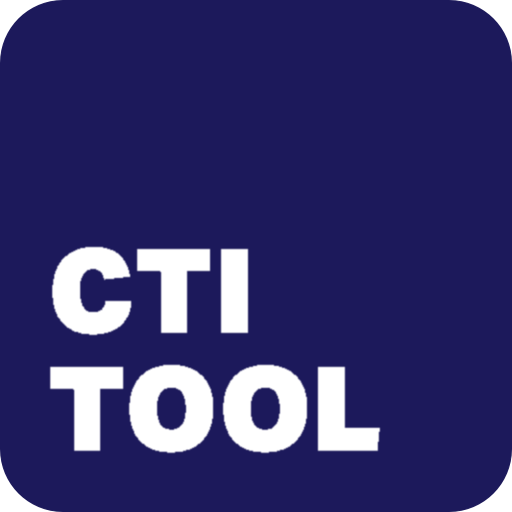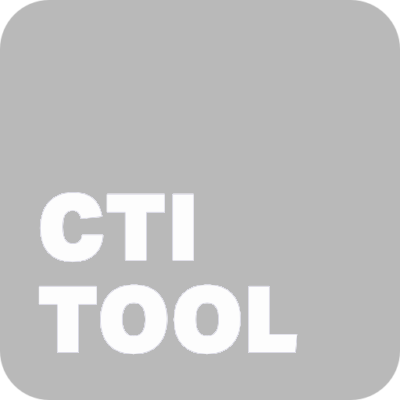CTI Definitions
Circular Transition Indicators V3.0 – Metrics for business, by business. Pages 85 and 86
% material circularity
The weighted average of the % circular inflow and % circular outflow for a given product (group or portfolio), business unit or company.
Biodegradable outflow
Outflow of material or substance that microorganisms can decompose and that degrades to organic molecules that living systems can use further,33 for example via composting and anaerobic digestion. A product can only be considered biodegradable if its levels of toxins or hazardous substances fall within recognized thresholds (e.g., Cradle to Cradle Certified Products Program, DRAFT v4 Restricted Substances List (RSL)). Companies can refer to existing testing standards on biodegradability and compostability such as the OECD, the International Standards Organization (ISO) or the Royal Netherlands Standards Institute (NEN) among others.
By-products
Unintended but inevitable additional material stream of material processing that is not the intended main product.
Co-processing
The simultaneous use of residual waste as a source of mineral resources (material recycling) and as a source of energy to substitute fossil fuels in a single industrial process. During coprocessing the mineral part of the waste replaces primary materials (such as limestone, clay or iron) and the combustible part provides the energy needed for the industrial process (e.g., cement production).
Circular economy principles
• Design out waste and pollution
• Keep products and materials in use
• Regenerate natural systems
Circular inflow
Inflow that is:
• Renewable inflow (see definition) and used at a rate in line with natural cycles of renewability
OR
• Non-virgin
Circular outflow
Outflow that is:
• Designed and treated in a manner that ensures products and materials have a full recovery potential and extend their economic lifetime after their technical lifetime
AND
• Demonstrably recovered
Circular performance
The multidimensional results of a product (group), business unit, including % circularity (% circular inflow and % circular outflow) and at least one other CTI indicator. This indicator may be from any of the three modules.
CTI revenue
The revenue generated by a product (group or portfolio), business unit or company multiplied by its % circularity
Company boundary
Physical or administrative
perimeter of the organization,
consistent in scope with financial
and sustainable reporting
Downcycling
Recycling “something in such a way that the resulting product is of lower (economic) value than the original item.” 34
It indicates a loss of the material/ product’s original characteristics that precludes use in a similar function to its previous cycle (functional equivalence). Downcycling is usually used to describe a product’s material properties, their level of degradation or, in the case of metals, if they have become impure, which leads to a loss of economic value. 35
Durability
Durability means the ability of a product to function as required, under specified conditions of use, maintenance and repair, until a limiting event prevents its functioning.
Functional equivalence
“The state or property of being equivalent” (or equal) in function.36 In the context of CTI, this defines an outflow (a product, product part, waste stream, etc.) designed so that it is technically feasible and economically viable to bring it back to inflow (as a material, product part, etc.) preserving a similar function to its previous cycle. For example, it is possible to recycle the plastics used in mobile phones for kitchen appliances because properties like strength and esthetics are equivalent.
Inflow
Resources that enter the company, including materials, parts or products (depending on a company’s position within the supply chain). Not included are water and energy, which are part of the specific water and energy indicators.
Linear inflow
Virgin, non-renewable resources
Linear outflow
Outflow that is not classifiable as circular. This means that the outflow:
• Is not circular in design/ consists of materials treated in a manner that they have no recovery potential
OR
• Neither demonstrably recovered nor flowing back into the economy.
Linear risk
The exposure to the effects of linear business practices – use scarce and non-renewable resources, prioritize sales of new products, fail to collaborate and fail to innovate or adapt – which will negatively impact a company’s license to operate.37
Non-virgin inflow
Inflow previously used (secondary), e.g., recycled materials, second-hand products or refurbished parts.
Outflow
Material flows that leave the company, including materials, parts, products, by-products and waste streams (depending on a company’s position within the supply chain).
Recovery
The technically feasible and economically viable recovery of nutrients, compounds, materials, parts, components or even products (depending on the organization) at the same level of functional equivalence through reuse, repair, refurbishment, repurposing, remanufacturing, recycling or biodegrading. This excludes energy recovery from waste and any biological cycle waste that does not satisfy all criteria as outlined on p. 38.
Recovery types
The different forms of material recovery, such as (in order of the recirculation loops in the Ellen Macarthur Foundation’s Circular Economy System Diagram 38 or butterfly diagram):
- Reuse: To extend a product’s lifetime beyond its intentional designed life span, without changes made to the product or its functionality.
- Repair: To extend a product’s lifetime by restoring it after breakage or tearing, without changes made to the product or its functionality.
- Refurbish: To extend a product’s lifetime by large repair, potentially with replacement of parts, without changes made to the product’s functionality.
- Remanufacture: To disassemble a product to the component level and reassemble (replacing components where necessary) to as-new condition with possible changes made to the functionality of the product
- Recycle: To reduce a product back to its material level, thereby allowing the use of those materials in new products.
- Biodegrade: Microbial (bacteria and fungi) breakdown of organic matter in the presence of oxygen to produce soil with high organic (humus) content.
Regenerative
To have the ability to restore material resources and improve ecosystem health to ensure productivity and other benefits (e.g., carbon capture, biodiversity, and other ecosystem services). Note that regeneration goes beyond retaining the status quo of natural systems that may already have degraded from their initial state.39
Renewable inflow
Sustainably managed resources, most often demonstrated by internationally recognized certification schemes like the Forest Stewardship Council (FSC), Programme for the Endorsement of Forest Certification (PEFC), Roundtable on Sustainable Palm Oil (RSPO), etc.40 that, after extraction, return to their previous stock levels by natural growth or replenishment processes at a rate in line with use cycles. Therefore, they are replenished/regrown at a faster rate than harvested/extracted.41
Virgin inflow
Inflow not previously used or consumed (primary).
33. This definition is based on that of the Cradle to Cradle Products Innovation Institute (2016). Cradle to Cradle Certified – Product Standard.
34. Definition from Merriam Webster at https://www. merriam-webster.com/dictionary/downcycle.
35. Campbell, K., Johnston, W., Vermeulen, J.V., Reike, D., Brullot, S. (2020). The Circular Economy and Cascading: Towards a framework. Resources, Conservation & Recycling: X, vol. 7, September 2020, 100038.
36. Definition from Merriam Webster at https://www. merriam-webster.com/dictionary/equivalence.
37. Circle Economy, PGGM, KPMG, European Bank for Reconstruction and Development (EBRD) and WBCSD (2018). Linear Risks. Retrieved from: docs.wbcsd.org/2018/06/linear_risk_report.pdf.
38. See the Ellen MacArthur Foundation’s circular economy infographic at: https://www. ellenmacarthurfoundation.org/circular-economy/concept/ infographic.
39. Definition adapted from the Ellen MacArthur Foundation: https://www. ellenmacarthurfoundation.org/explore/the-circular-economyin-detail.
40. For example, Forest Stewardship Council (FSC) and Roundtable on Sustainable Palm Oil (RSPO) certifications.
41. Definition is based on that of the Organisation for Economic Co-operation and Development (OECD). Retrieved from: stats.oecd.org/glossary/detail.asp?ID=2290.
Feel free to contact us
Our team consists of experienced and knowledgeable people working in the field of Circular Economy. We are always here to help you move through every step of your assessment.





